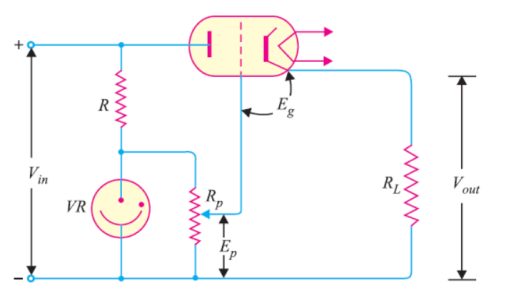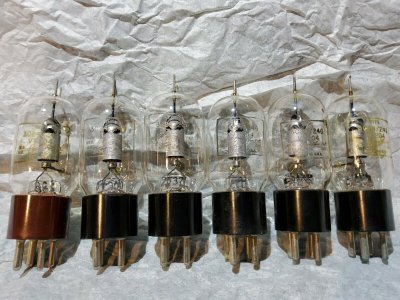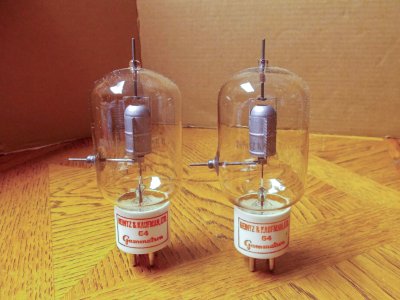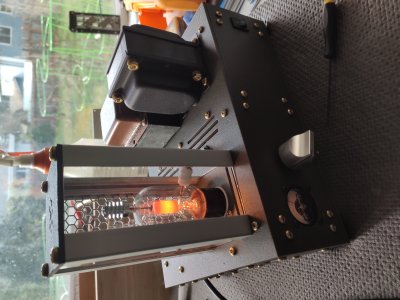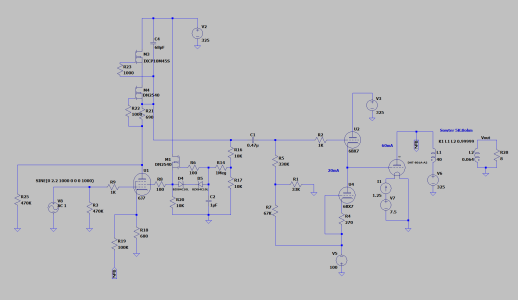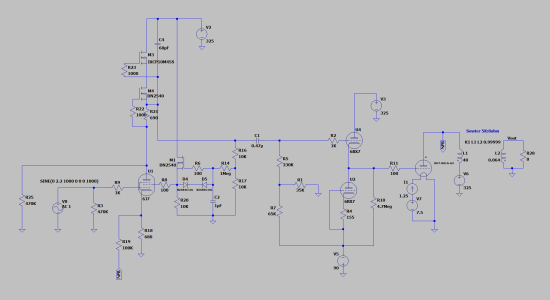You can just use an adjustable bias pot to put either 0V or some amount of negative voltage under R5 to set the bias. I wouldn't adjust the current on the cathode follower, just run it reasonably hard.
Being a regulator type tube, you could use the other half of the BX7 as a series reg for your cathode follower and screen supply for the first stage.
Being a regulator type tube, you could use the other half of the BX7 as a series reg for your cathode follower and screen supply for the first stage.

